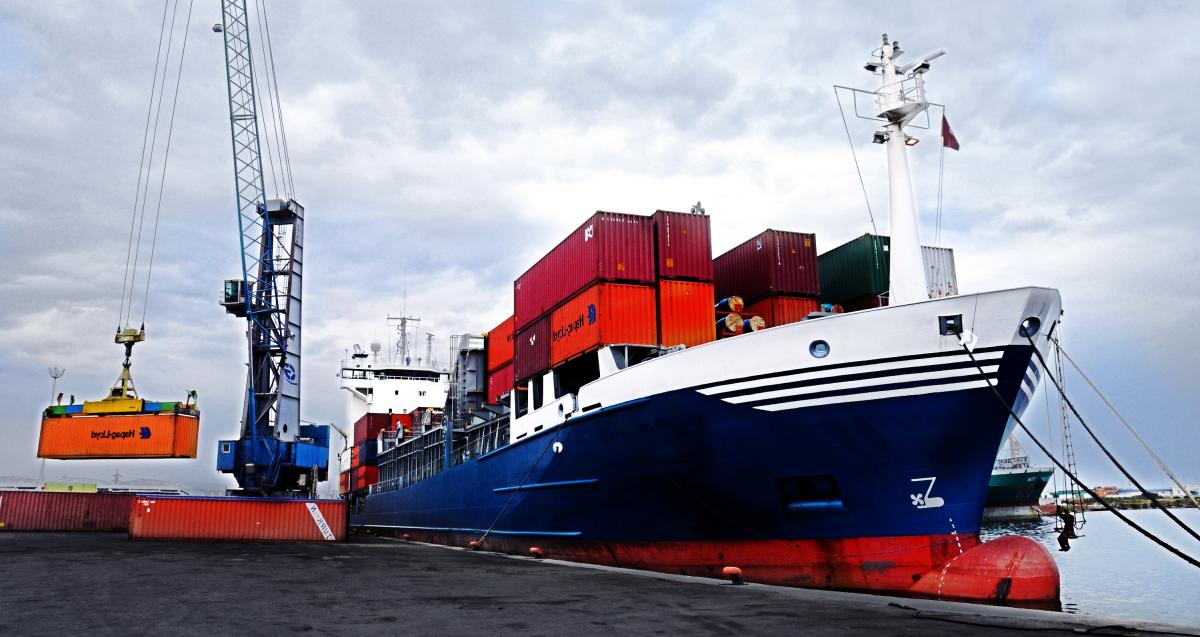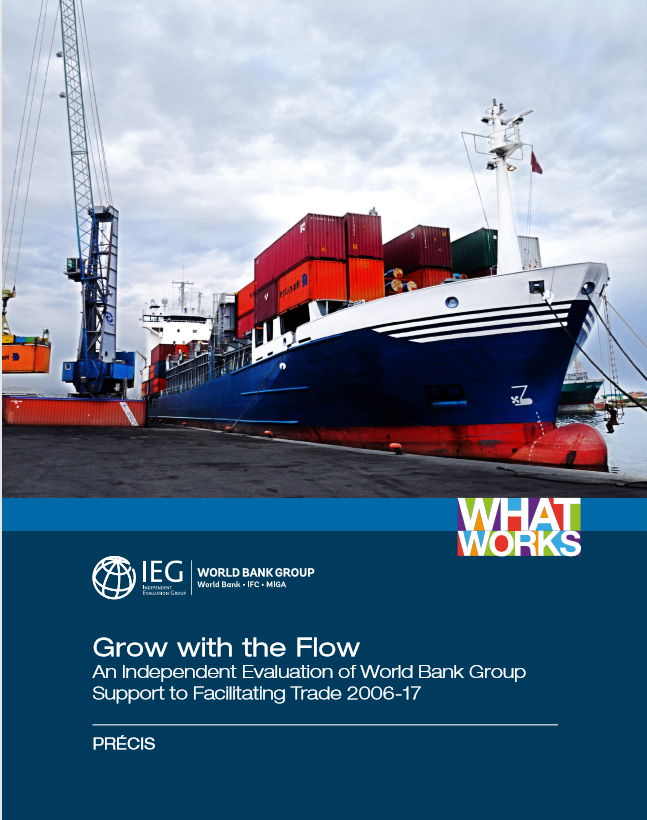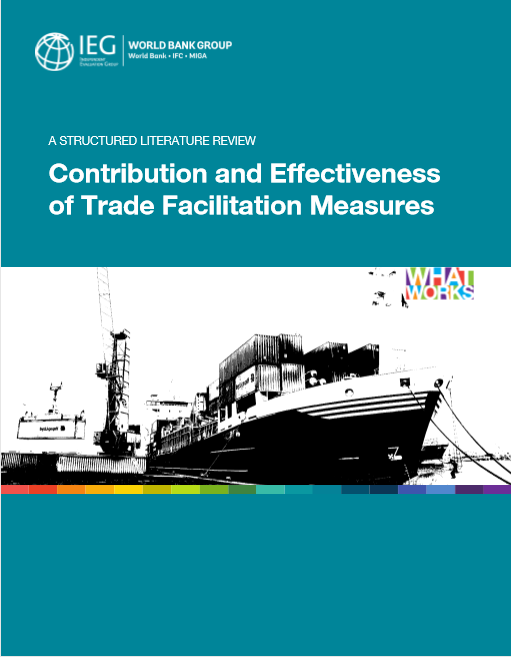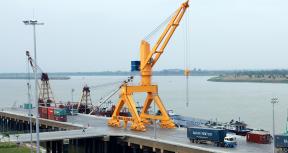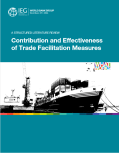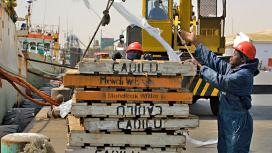Findings: What Has—and Has Not—Worked for Trade Facilitation
Most World Bank Group projects supporting trade facilitation reforms achieved their development objective, and all three institutions exceeded their corporate scorecard targets.
- The World Bank’s investment lending appears to be substantially more effective than its policy operations.
- At the trade facilitation intervention level, the overall success rate averaged 79 percent.
While the World Bank Group’s achievements have contributed to lower trade costs and have generated associated benefits, a rigorous analysis suggests a more nuanced picture of what World Bank Group interventions work, where, when, and in what combinations:
- Successful trade facilitation reforms benefit from support to complementary areas of intervention and support over time. Yet, few projects are designed with such a systematic approach.
- In a context with diverse agency incentives and objectives, strong political support and active coordination play a pivotal role in ensuring the necessary level of integrated activity and information exchange to make trade facilitation successful. Yet, in practice, the World Bank Group has not systematically applied its tools for engaging with and coordinating among diverse stakeholders.
- Many trade regulations are intended to serve socially beneficial purposes such as enhancing public health, safety, and the environment, or reducing informality and corruption. However, insufficient attention has been paid to such objectives and only compliance costs are routinely monitored.
- Current sets of trade facilitation indicators generated and/or used by the World Bank Group each have their strengths, but also have weaknesses. Having two different rating systems can confuse or frustrate counterparts and clients.
More about how IEG assessed the Impact of the Bank Group’s Trade Facilitation Interventions
More about the Effectiveness of World Bank Group Support for Trade Facilitation (Chapter 3)
Building on What Works
To build on its successful experiences in trade facilitation, IEG recommends that the World Bank Group should:
Promote an approach of complementary (simultaneous and/or sequential) interventions in trade facilitation reforms in countries where trade is a client priority and World Bank Group has a comparative advantage, substantiated by consistent diagnostics, to enhance the effectiveness of reforms.
Identify and mitigate political economy constraints to trade facilitation reform implementation through systematic application of its tools for stakeholder analysis and consultation (including public-private dialogue).
Systematically apply a risk-based approach to identify and monitor the public policy objectives of trade regulations relating to public health, safety, the environment, good governance, formality and the rule of law and specifically identify the stakeholders potentially impacted by the reforms and the extent of the impact.
Rationalize its own two major trade facilitation indicator sets to build on the virtues of each and to enhance their responsiveness to implemented reforms.
More about the Factors Influencing Performance of Trade Facilitation Reforms (Chapter 4)
Also See:
Précis | An illustrated overview of the Evaluation of World Bank Group Support to Facilitating Trade
Contribution and Effectiveness of Trade Facilitation Measures: A Structured Literature Review
This literature review has two main objectives. The first is to survey the findings on effectiveness of trade facilitation measures on outcomes such as trade flows, and trade costs. The second objective is to gain a detailed understanding of the contributions of different kinds of trade facilitation measures to increasing trade, and trade costs reduction. In doing so, the review provides the framework for establishing a causal relationship between trade facilitation support interventions of the World Bank Group thereby informing on the effectiveness of past interventions and improving future ones.
Watch the video | In Brief: How Effectively Has the World Bank Group Helped to Boost Trade?


